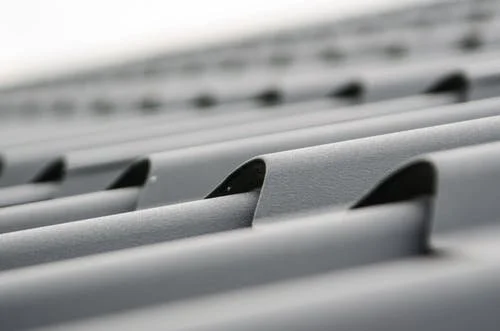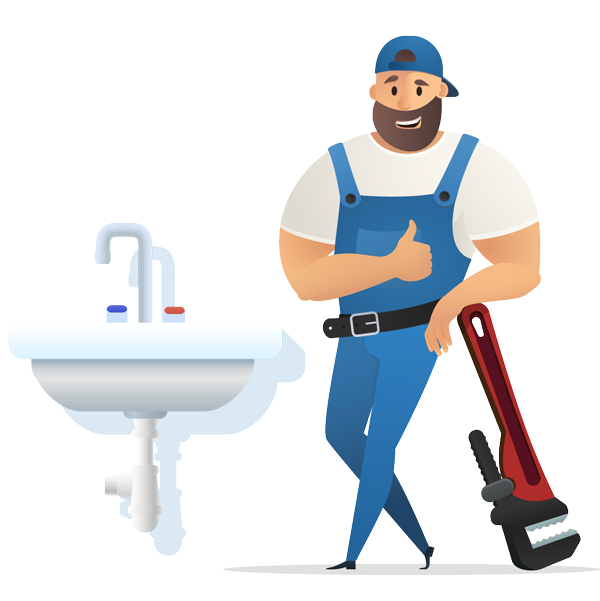The Smart Home Devices That Offer the Most Value
RH Business Marketing Solutions
As the eco-conscious movement expands, society's values change. A few decades ago, individuals purchasing homes looked for time-efficient, convenient appliances that catered to life on the go. Now, people want sustainable and energy-efficient products.
Energy-efficient home appliances reduce the price of a homeowner's utility bills while shrinking their carbon footprint. They also increase the value of a home. There are various smart home devices you can install to increase efficiency.
Smart Plugs
Most individuals charge their phones, tablets and laptops overnight to ensure power efficiency the following day. These devices reach a full charge within a few hours and continue to pull power from the outlet throughout the night. Their power absorption accumulates over time, increasing utility costs and the size of your carbon footprint.
You can install smart plugs in your home to restrict power pulling from unused devices. They monitor your appliances' energy use and limit their access to electricity during certain times of the day. They also track energy use so you can make adjustments to lower the price of your electricity bills.
Smart Garage Door Opener
Homeowners can improve the efficiency of their heating and air conditioning systems by preventing the release of in-home air, and your garage door is a significant escape point. Nearly 51% of a home's energy use derives from temperature control. If you are forgetful when it comes to closing your garage door, you can benefit from installing a smart door opener.
You can preprogram these devices to close after you leave your house. This helps the homeowner conserve energy used through temperature control systems.
They also utilize LED lights to illuminate the inside of your garage. LEDs use 75% less energy than conventional bulbs. They also last 25 times longer than incandescents, reducing your utility bills and the size of your carbon footprint. Installing a smart garage door opener in your home can significantly increase its value.
Smart Thermostats
To further conserve the energy used by your heating, ventilation and air conditioning (HVAC) system, you can install a smart thermostat. Homeowners may program these devices to keep their homes at energy-efficient temperatures. The thermostat also turns down at night, depending on the season, to maximize your HVAC's electricity use.
Smart thermostats use motion-detecting sensors to adjust your home's temperature depending upon its occupancy. When your house is vacant, the system turns on its vacation mode, which you can change from your smartphone. These green appliances significantly lower electricity bills.
Smart Lights
Our homes' lights contribute to the size of our carbon footprints. Installing smart lights in your house can reduce energy waste and conserve the environment. The system connects to your smartphone through Bluetooth and turns off all lights when you leave the property for a programmed number of hours.
The device also uses a motion detection sensor to turn off the light in an unoccupied room. When paired with LED lightbulbs, this system can be significantly more energy-efficient than conventional lighting.
Smart Energy Monitors
A valuable device for the eco-conscious homeowner is a smart energy monitor. These systems evaluate the inner power working of your house. It connects to your electricity meter and calculates which appliances pull the most power.
Intelligent energy monitors connect to your smartphone through Bluetooth to relay its electricity findings. The device converts data into charts and graphs for straightforward viewer interpretation. Homeowners can then use this information to change their energy consumption patterns and shrink their carbon footprint.
Cater to the Market
Increase the value of your home by upgrading your appliances and devices. Maintaining an energy-efficient house is attractive to potential buyers looking to shrink their carbon footprint and pay low utility bills. Because millennials are eco-conscious and buying property now, it is essential to cater to their values.
Visit Brands Direct Online and find great deals on smart home devices that offer the most value.
Guest Contributor: Rose Morrison














